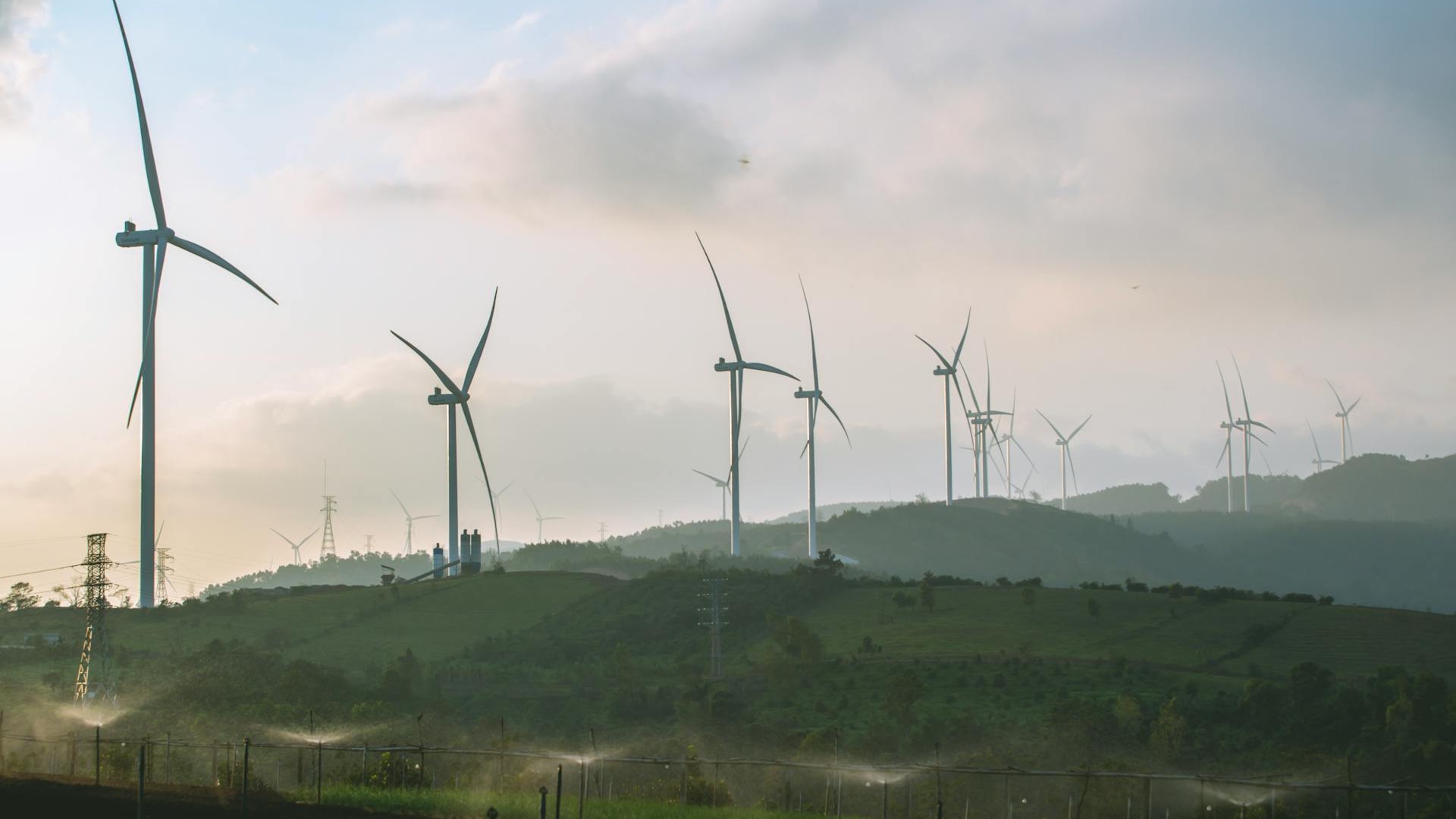This op-ed was originally published on Devex.
When a pod of whales swims by, it’s worth putting down the binoculars to witness the moment in full color. That just happened in our world of blended finance.
Blended finance activity has remained relatively flat, gauging from the data Convergence has been able to verify and record stretching back over a decade. Its ups and downs have reflected the broader patterns in portfolio investment in developing markets, but we haven’t seen the swift upward trajectory that would signify that blended finance has become a routine solution for stretching development dollars or making transactions bankable for global investment houses. Our own State of Blended Finance 2023 tells this story.
Then came 2023 and, significantly, the 28th United Nations Climate Change Conference, or COP 28.
After having watched the horizon for a single tailfin that would signal change, we suddenly saw an entire pod of whales breach the surface:
First, the SDG Loan Fund closed at $1.11 billion. This transaction alone represents more than 15% of the volume of blended flows captured for 2023 so far. Conceived by Allianz Global Investors and the Dutch development bank FMO, the fund benefits from multiple forms of catalytic capital, including a $111 million first-loss investment from FMO, which is credit-enhanced with a $25 million unfunded philanthropic guarantee provided by the MacArthur Foundation. Together, these instruments are unlocking $1 billion in private capital toward affordable energy, financial inclusion, and sustainable agriculture in emerging and frontier markets.
Also financially committed is ALTÉRRA, a $30 billion global investment fund targeting climate solutions, of which $5 billion in catalytic capital will go to the global south. Launched at COP 28 with funding from the United Arab Emirates alongside inaugural partners BlackRock, Brookfield, and TPG, the fund aims to mobilize $250 billion by 2030. We can’t tell yet how closely ALTÉRRA’s definition of global south overlaps with Convergence’s world of blended finance — we track activity mostly in countries eligible for official development assistance. Let’s hope some of that $5 billion goes to geographies otherwise off the maps for the parties involved.
Then the Monetary Authority of Singapore announced the Financing Asia’s Transition Partnership (FAST-P), which aims to raise $5 billion for green and transition projects in Asia. Two partnerships have resulted from this blended finance initiative: the Green Investments Partnership and the Energy Transition Acceleration Finance Partnership. These partnerships don’t qualify as financial transactions that Convergence would record in our blended finance database but they demonstrate changes we have been calling on donor governments to implement.
Via these partnerships and other moves, Singapore has set out specific targets for the use of blended finance to accelerate development and climate action and backed up those targets with regulatory action to ease the path for private sector capital to flow.
Two blended finance platforms still in process bear mentioning: Project GAIA, with a target size of $1.5 billion (including an already landed commitment of $152.5 million from the Green Climate Fund), and Allied Climate Partners, aiming for $825 million.
Led by FinDev Canada and Mitsubishi UFJ Financial Group, Project GAIA is proposed to be a climate blended finance platform that will blend commercial and concessional capital for mitigation and adaptation investments in emerging markets. Importantly, 70% of GAIA funds would be dedicated to climate adaptation projects, providing much-needed financing to the sector, while at least 25% of financing will go toward the groups of least developed countries, or LDCs, and small island developing states, or SIDS.
Meanwhile, a consortium of philanthropies and investors launched the Allied Climate Partners platform. Using philanthropic capital from donors, including Three Cairns Group and Bezos Earth Fund, as well as financing from the International Finance Corporation, the platform aims to raise $11 billion in debt and equity to create a pipeline of climate investments in Southeast Asia, Africa, the Caribbean and Central America, and India.
Not to count our whale calves too early, but each of these transactions, if raised, would turn the tide for climate finance in the developing economies — let alone blended finance.
It’s worth noting that big transactions are important not because they are showy or because smaller transactions have less impact — they don’t — but because of the example they set for naysayers resigned to the status quo. Big transactions are a jarring demonstration of why complacency is misplaced; that change is possible in big increments.
Further, as a group of transactions, here’s what sets them apart from the usual. They draw in institutional investors’ capital at a tremendous and desperately needed scale for climate adaptation and mitigation and for achieving the Sustainable Development Goals in lower income countries around the world. They set an example, and hopefully a trend. They each represent efforts to pool the best talents and existing assets of multiple parties into one big go, and not to duplicate each other’s efforts in multiple, smaller structures.
Several of them feature fairly recent entrants to the field, such as the UAE, the Monetary Authority of Singapore, and Allied Climate Partners. Several showcase leadership by philanthropies, which generally have not participated in blended finance in developing economies at anywhere near the scale of development banks and donor agencies.
All of these transactions are climate-related, signaling the awareness of private investors that climate change is central to their business models.
Was this a one-time burst of action or will we keep seeing large-scale collaboration and capital mobilization? I’m personally hoping for more whales, which have, up to now, been rare among the many forms of life in the blended finance ecosystem.

